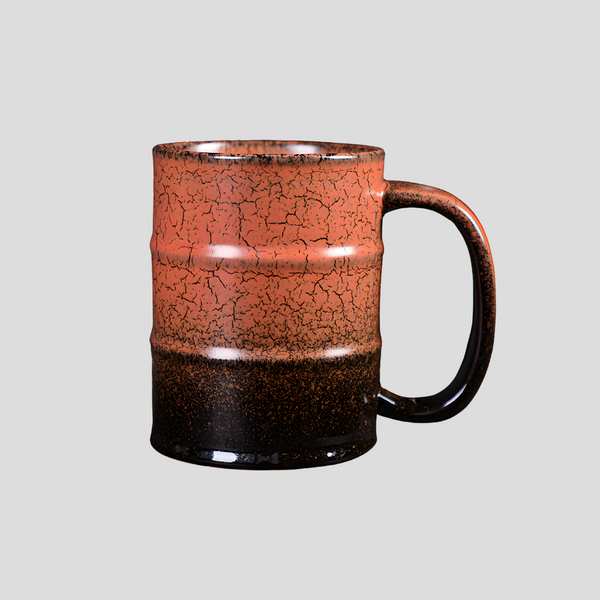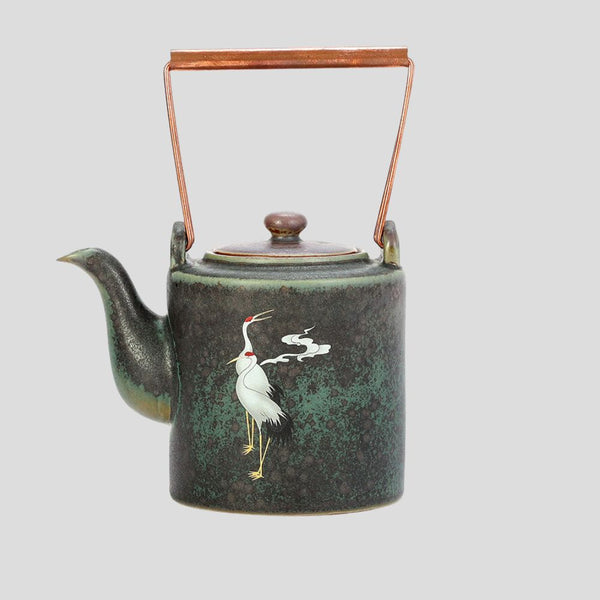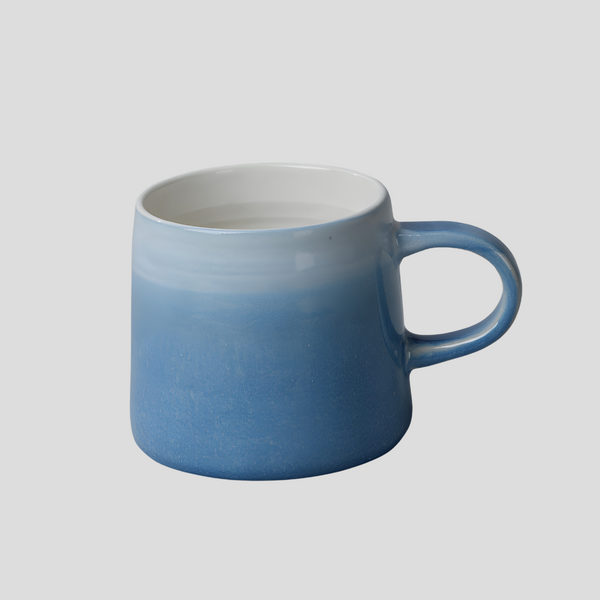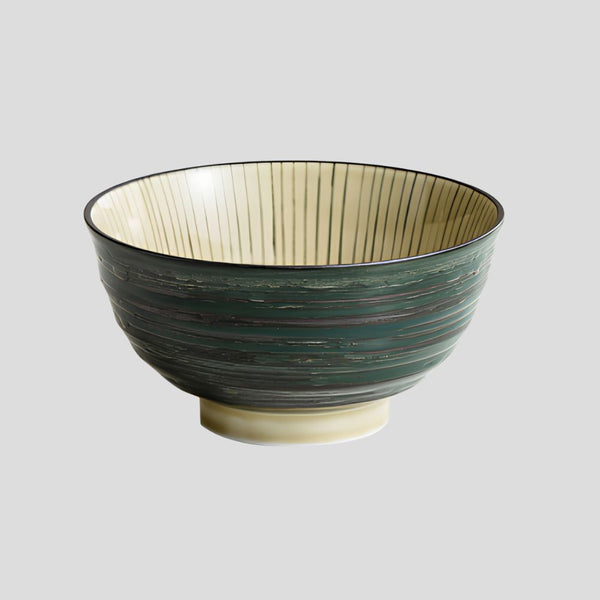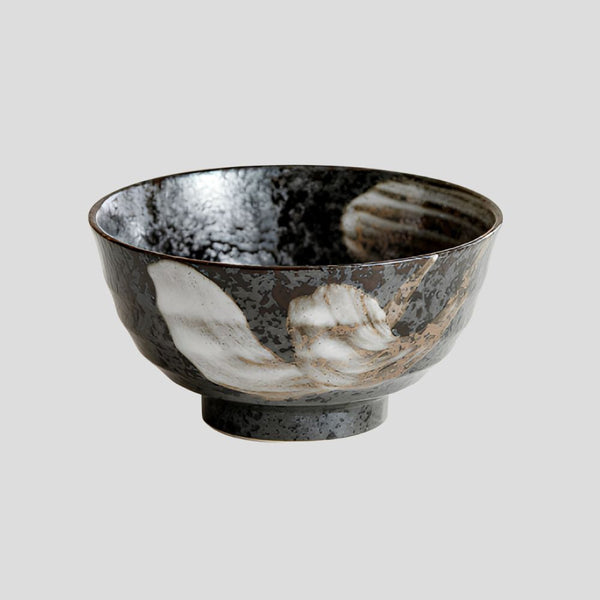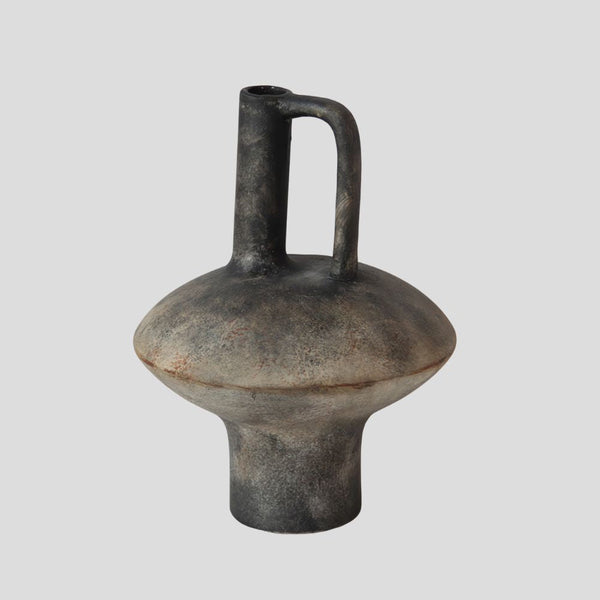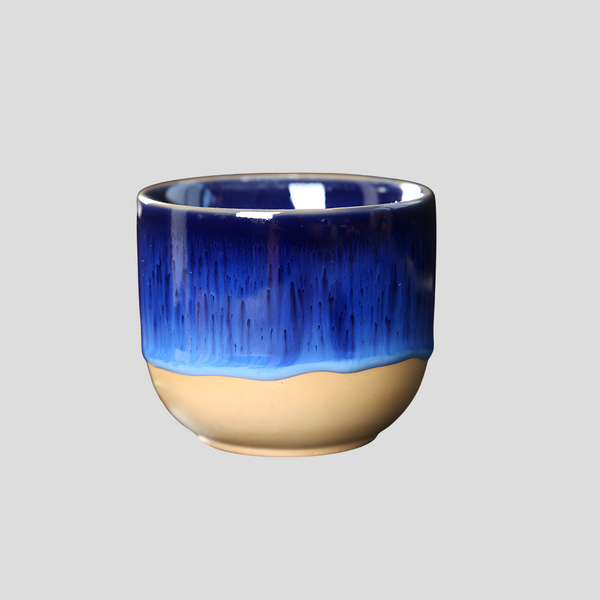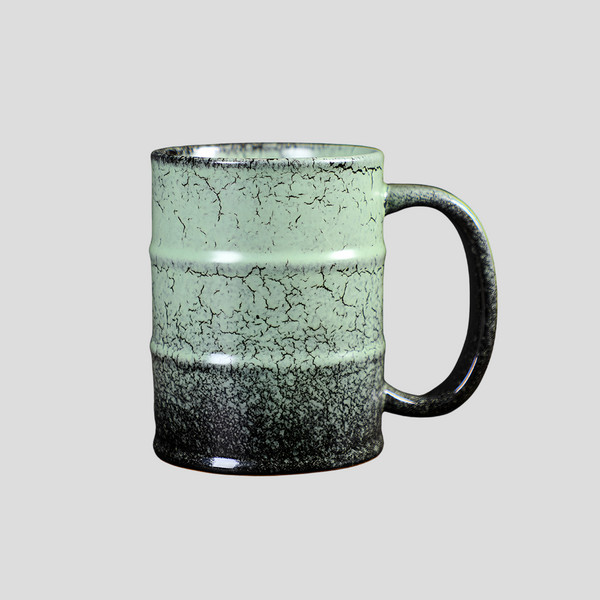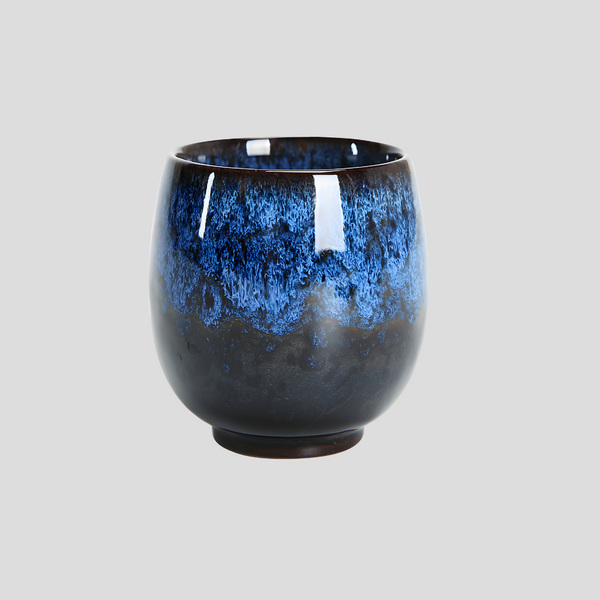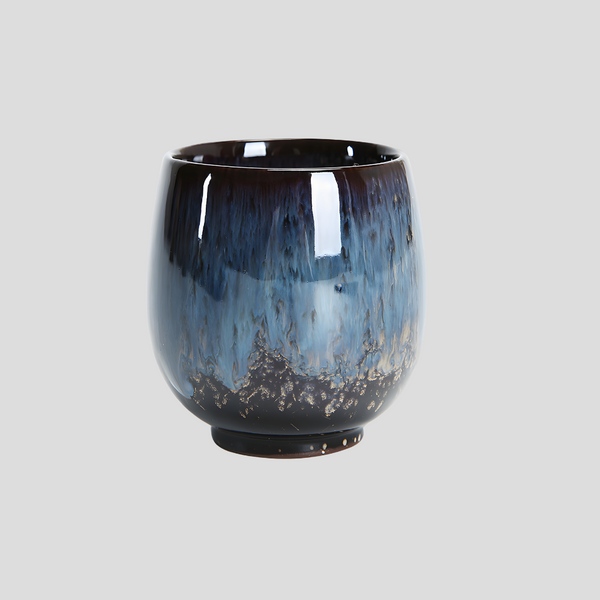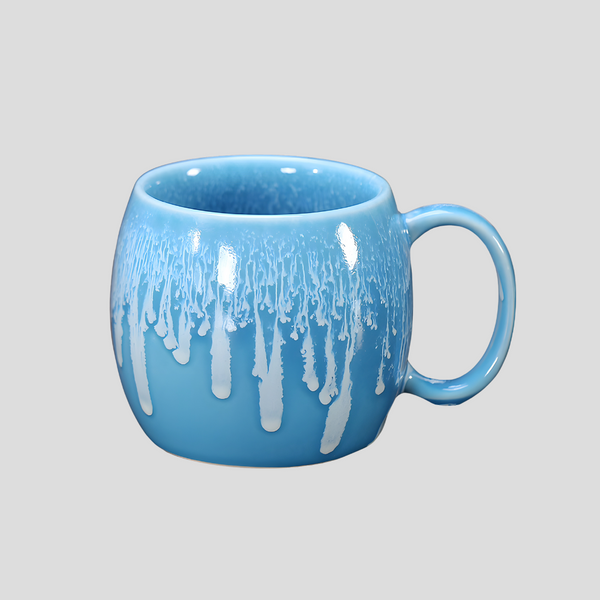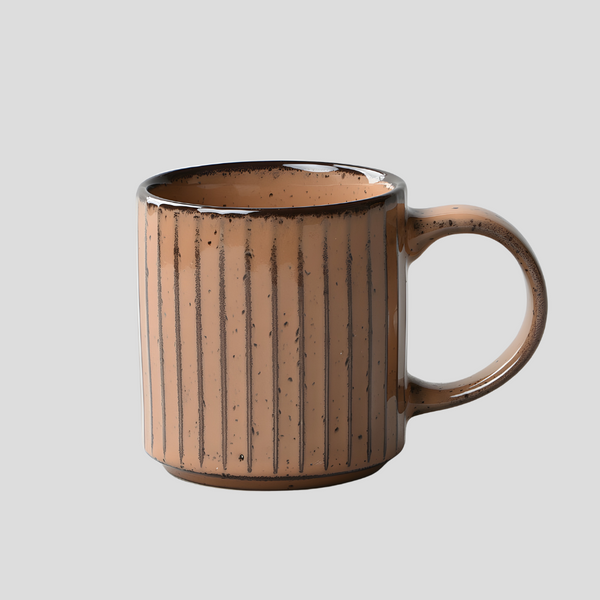
Exploring the Rich History of European Porcelain
Porcelain, often referred to as white gold, has a storied history that weaves through the fabric of European culture and economy. While porcelain's origins trace back to ancient China, Europe’s own chapter of porcelain began in the early 18th century, forever changing the artistry and manufacturing of this exquisite material. This exploration into the rich history of European porcelain uncovers how it became a symbol of wealth, luxury, and craftsmanship across the continent. Europe's fascination with porcelain started with the importation of Chinese and Japanese ceramics through the Silk Road and later, by sea. These imports were incredibly expensive and became symbols of wealth and sophistication among European nobility. The arduous quest to discover the secret of making porcelain began, leading to many attempts to replicate the material. The significant breakthrough came in 1708 by Ehrenfried Walther von Tschirnhaus and Johann Friedrich Böttger in Meissen, Germany, marking the birthplace of European porcelain. Meissen, a small town in Saxony, became the first European site to produce hard-paste porcelain, similar to that made in China. The Meissen factory, established in 1710, dominated the porcelain market with its high-quality creations, setting the standards for fine porcelain. Its signature, the crossed swords, remains one of the oldest trademarks in existence and symbolizes the unparalleled excellence in craftsmanship and innovation. Meissen porcelain featured intricate paintings, often of landscapes, courtly scenes, and later, designs inspired by Asian motifs. The success of Meissen led to the establishment of other porcelain factories across Europe. Each region developed its own distinctive styles and techniques, contributing to the diverse tapestry of European porcelain. Notable among these were the Vincennes-Sèvres factory in France, the Royal Copenhagen in Denmark, and the Royal Porcelain Factory in Berlin. The Sèvres factory, in particular, became known for its soft-paste porcelain, innovative shapes, and its rich, ground-breaking colors, including the famous Sèvres blue. The emergence of European porcelain had far-reaching implications. It wasn’t just a triumph in the ability to produce high-quality porcelain but also sparked changes in dining and social customs. Porcelain dinner services became a staple in aristocratic households and a centerpiece of social gatherings. The availability of European porcelain reduced the reliance on Asian imports, fostering a unique European identity in ceramic art. Moreover, the competition among European factories spurred on a rapid evolution in styles, techniques, and artistic expressions, contributing to the enrichment of the continent’s artistic heritage. Today, European porcelain continues to be highly valued by collectors and enthusiasts around the world. Museums and private collections showcase the brilliant craftsmanship and artistry of pieces from the 18th and 19th centuries, allowing the public to appreciate the beauty and historical significance of these treasures. Collecting antique porcelain offers a glimpse into the past, reflecting the social, economic, and political landscapes of Europe through the ages. From its initial breakthrough in Meissen to the establishment of distinguished factories across the continent, the story of European porcelain is one of innovation, luxury, and artistic excellence. It reflects a journey of discovery and mastery that continues to captivate and inspire. As we explore the rich history of European porcelain, we are reminded of the power of human creativity and the enduring allure of beauty.Exploring the Rich History of European Porcelain
The Quest for European Porcelain
Meissen Porcelain: The Pioneer
Spread Across Europe
The Impact of European Porcelain
Collecting and Preserving European Porcelain

